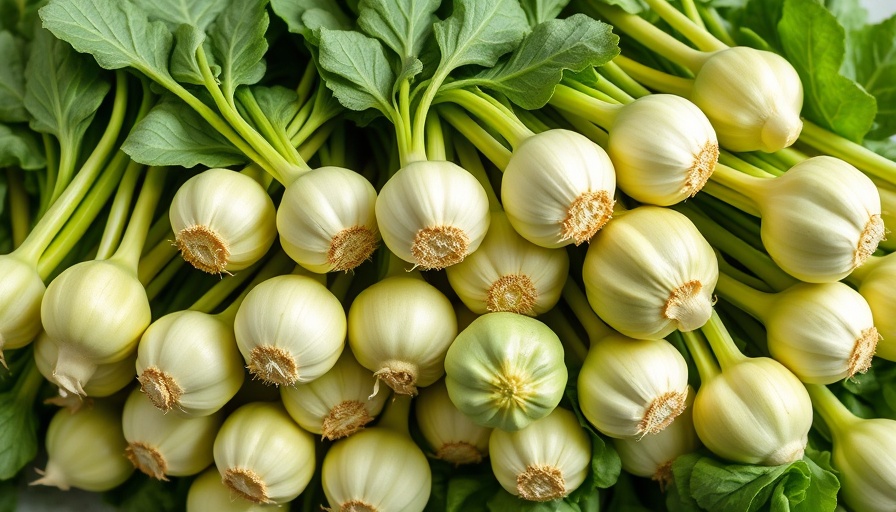
Discover the Crunchy Delight of Homegrown Kohlrabi
Are you familiar with the crisp, sweet, and succulent treat that homegrown kohlrabi offers? Whether you’re already a fan of this unusual vegetable or you're just learning about its versatility, there's no denying the charm of growing your own kohlrabi. With a range of delicious cultivars available, it's an excellent addition to any garden, ensuring a bounty of fresh, flavorful produce you can enjoy from spring through to fall.
Dive into the Top Cultivars for Your Garden
In our exploration of the best kohlrabi varieties to grow at home, we can confidently present a selection of options suitable for every gardener's preferences—be it size, flavor, or growing conditions. Here are a few favorites to consider that offer remarkable taste and distinctive characteristics:
- Azur Star: Ready to harvest in about 50 days, this purple variety has crisp white flesh and a flattened round shape. Best harvested at 3-5 inches in diameter, 'Azur Star' combines swift growth with vibrant color.
- Blauer Speck: An heirloom variety with large, blue-tinged purple bulbs, 'Blauer Speck' is celebrated for its buttery flavor and excellent shelf life, making it perfect for long-term storage.
- Early White Vienna: Renowned for its creamy and tender flesh, the round light green bulbs of this cultivar deliver a mild sweetness that makes them ideal for a variety of culinary applications.
- Kossak: This impressive variety produces enormous bulbs that can weigh up to 4 pounds! Known for its sweet and juicy texture, 'Kossak' is perfect for those willing to give it space to grow.
- Purple Vienna: This type is not only beautiful with its vibrant skin but also offers a rich flavor, making it a favorite among gardeners with color preferences.
The Many Uses of Kohlrabi in Your Kitchen
Whether roasted, grated into salads, or pureed into soups, each kohlrabi variety has its strengths. The versatility of this vegetable means it can shine in various dishes—from crispy chips to hearty stews. For the adventurous, try batter-dipping and deep-frying to create a crunchy snack that is sure to impress!
Gardening Tips for Growing Kohlrabi
Successful kohlrabi cultivation begins with understanding its needs. Here are some gardening tips to ensure a rewarding harvest:
- Climate Considerations: Kohlrabi thrives in cooler weather, so planning a spring and fall harvest will yield optimal results.
- Spacing and Planting: Proper spacing is key—give each plant enough room to grow, particularly for larger varieties.
- Pest Management: Be on the lookout for common garden pests that may be attracted to kohlrabi and implement an organic pest prevention strategy.
Incorporating Kohlrabi Into a Sustainable Lifestyle
Growing your own kohlrabi is not just about enjoying delicious food; it also contributes to a sustainable lifestyle. By cultivating this vegetable, you reduce your carbon footprint and increase your connection to the food you eat. Opt for organic seeds and practice sustainable gardening techniques, like composting and crop rotation, to enhance soil health and yield.
Conclusion: Planting for a Delicious Future
With the right guidance and a few tips, you can successfully grow kohlrabi that not only enhances your meals but also promotes a healthier lifestyle. Start planning your vegetable garden today, and don't miss out on the joy of cultivating your own kohlrabi! Embrace the flavor profiles and culinary possibilities that this unique vegetable offers, and witness your green thumb flourish!
 Add Row
Add Row  Add
Add 




Write A Comment